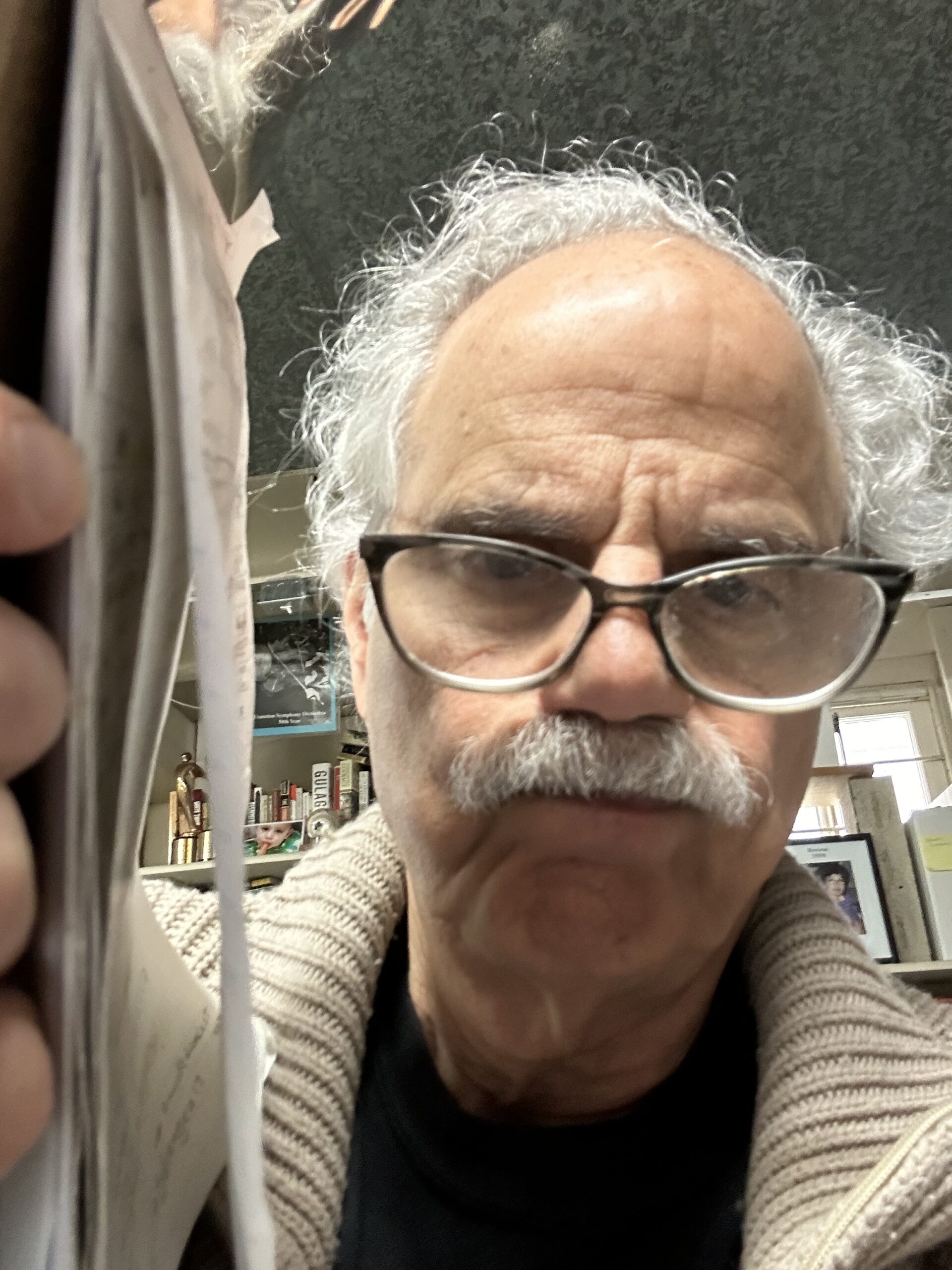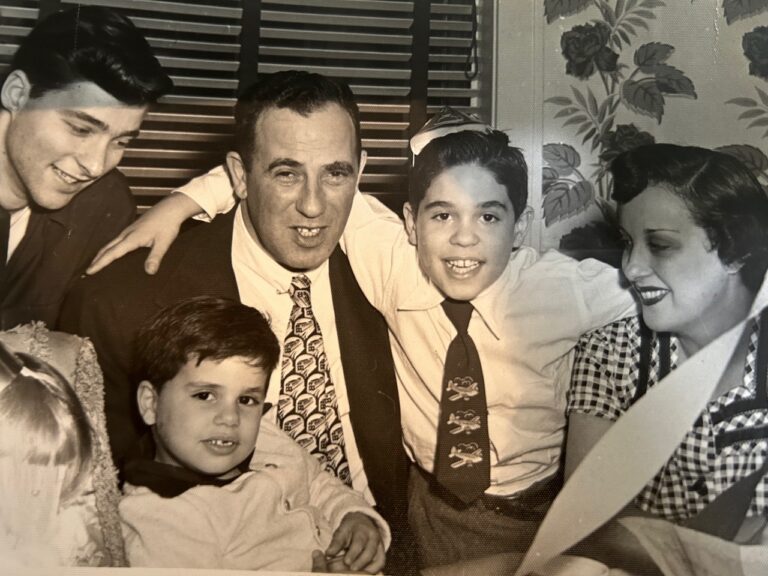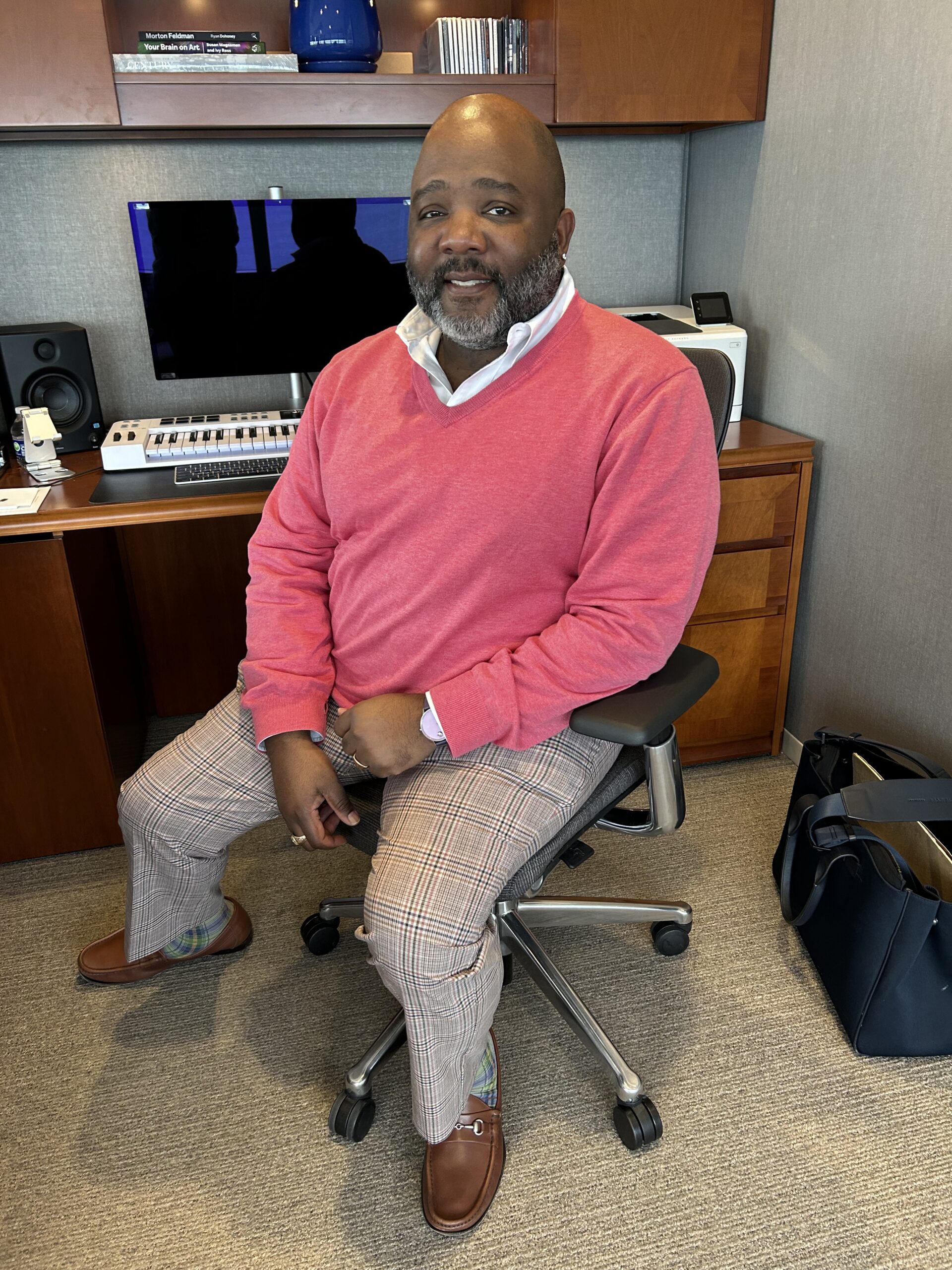Evanston RoundTable, Feb. 17, 2021
Change happens slowly, then all at once, Hemingway wrote in “The Sun Also Rises.”
Take the National Health Service in Great Britain. Free nationwide health care had been debated in Parliament for decades, but it took World War II to make it happen. Once the war started and the Luftwaffe began raining German bombs down on English cities, health clinics were quickly established to provide free care.
“The wartime period necessitated the creation of the Emergency Hospital Service to care for the wounded, making these services dependent on the government,” according to an article in “Historic UK.” The House of Commons in 1948 easily passed the bill that established the NHS, which has been described as “… the institution which more than any other unites our nation.”
Much the same is happening here and now. After years of slow change in American customs and commerce, COVID-19 has had something like the impact of wartime. Great and sudden change is emerging as the pandemic lockdowns and restrictions force changes in the way we communicate, work, and learn. Combining the new with the old will result in a hybrid approach I call “The Age of Hybrid.”
That’s already happening in schools and offices. Remote connections are proving more than adequate to get work done.
Businesses are leading the way. “The pandemic demystified the process of working from home and, as a result, many organizations are looking to a new hybrid model that combines remote work and office collaboration,” according to a November 2020 article in Forbes magazine.
Studies have shown that many employees are more productive and happier working from home. “More than 60% of those who are teleworking said they are enjoying the relaxed attire and grooming standards, greater flexibility and lack of a commute, and 78% said they are as effective or more so working from home,” says AARP.
Notwithstanding “Zoom fatigue,” that makes sense. Think of all the time saved not commuting to and from work and the money saved not having to replenish work apparel. No doubt some employees crave rubbing shoulders with their colleagues, and some businesses will insist that in-person collaboration is more productive than the virtual kind. But clearly, the hybrid model is here to stay in the business world.
Schools are another story. Everyone agrees kids should be back in class with their teachers and classmates as soon as safely possible. The Centers for Disease Control and Prevention on Feb. 12 posted extensive guidelines on how to do just that. Accompanying the guidelines was the statement: “K-12 schools should be the last settings to close after all other mitigation measures in the community have been employed, and the first to reopen when they can do so safely. Many K-12 schools that have implemented mitigation strategies have been able to safely open for in-person instruction and remain open.”
Nevertheless, hybrid learning will continue to have a place in academia. Snow days will become a thing of the past: just plug into school online. Remote learning enables students to travel with their family and still attend school. My best friend’s son and his family are spending the winter in Rio de Janeiro with his wife’s family. The kids enjoy their grandparents and the pleasures of experiencing another culture (as well as way better weather), while still attending their local school almost 5,000 miles away in Bucks County, Penn.
In hundreds if not thousands of other ways, people have made COVID-19 adjustments that amount to hybrid workarounds. A May 20 article in the AARP magazine listed 10, among which were:
Telemedicine: “Along with cutting out hassles like parking and waiting-room time, video visits make it easier for family members to observe and participate, a big boon for caregivers,” AARP said.
Grocery shopping: “More than half of those who purchased groceries online said the COVID crisis made them more likely to keep doing so permanently,” one study reported. “The results show ‘an inflection point’ in consumer demand,” according to the study, “‘a more sustainable and permanent shift’ in how we buy food.”
Staying in touch: A year ago most of us had never heard of Zoom. Now we’re happily chatting away online with friends and family. My wife has Zoom meetings with two sets of far-flung friends every week, and not to be outdone I Zoom every Sunday with cousins who live in New York; Washington, D.C.; and Denver, and every Monday with high school friends who live in New York and Portland, Me. Reconnecting with them so regularly has led to a new, more intimate level of friendship that I cherish.
A Feb. 14 New York Times article describes how people are monetizing their hobbies to help make ends meet or replace lost jobs. There’s a DIY trend underway, too. Sales of yeast, sweatpants, and bicycles have shot up, as people stuck at home rediscover the joys of breadmaking, dressing down, and cycling.
Some of the post-pandemic world will be troubling, however. The trend to online shopping has only accelerated during lockdown. UPS, FedEx, and Amazon trucks are everywhere, bringing the world to our doorsteps. That has exacerbated the “retail apocalypse” we are seeing in Evanston and elsewhere. Hard to say how long it will take for all those vacant storefronts to be reoccupied.
Other dominoes are falling from this new Age of Hybrid. Companies with fewer workers on site at any given time will likely be shrinking their physical footprint. That extra space can be converted to residential units. Hopefully that will bring down the extravagant cost of real estate in places like Manhattan and San Francisco.
And what of screen time? It’s possible that students and their parents, sick of all the Zoom classwork and Zoom meetings, will opt to disconnect from their devices and actually make their way outside. What is that strange yellow orb in the sky?
Personal hygiene is hybridizing too. I can be wearing jeans, sweats or shorts on Zoom and no one will know. Until 5G comes along and a sharper image is possible, it’s impossible to say whether I’ve shaved. Good: I’ve gone to every other day or even every third day.
Of course, some slovenliness can get to be too much. When I inquired about getting a green screen backdrop for one of my Zoom meetings, I was told I didn’t need it: With my hair reaching lengths unseen since my hippie days, I might be Einstein. Who needed a green screen when you resembled the greatest scientist of all time.
I took it as a compliment. But maybe not.





+ There are no comments
Add yours